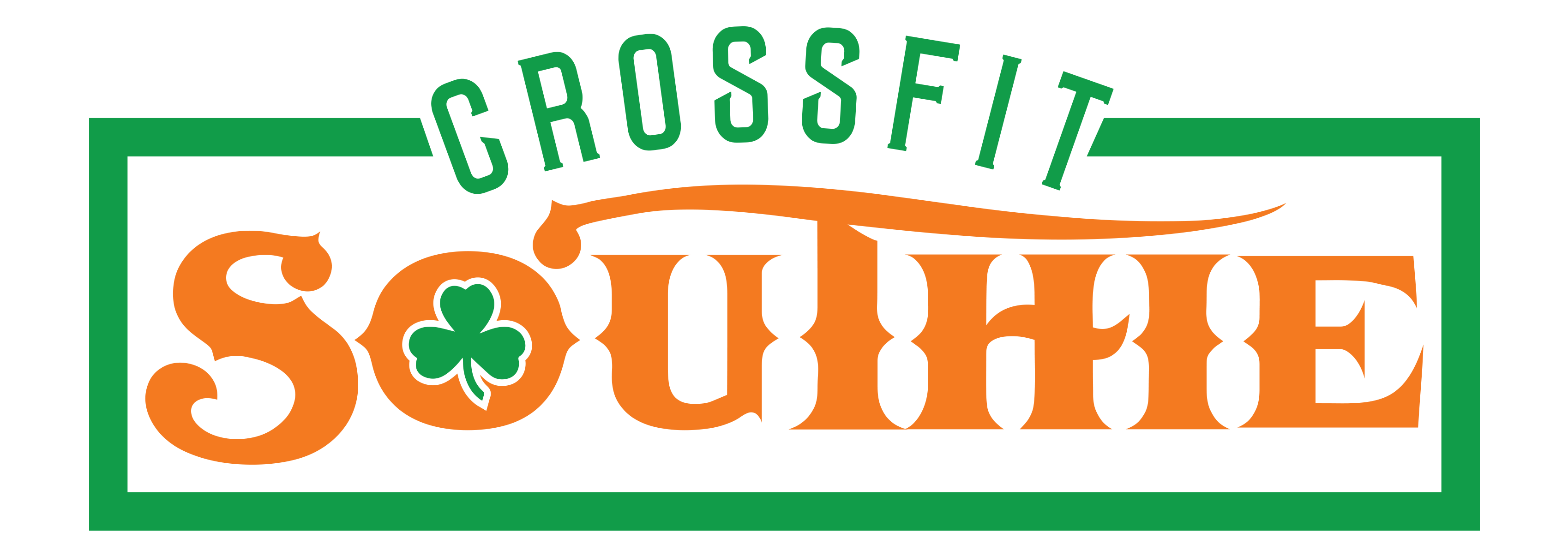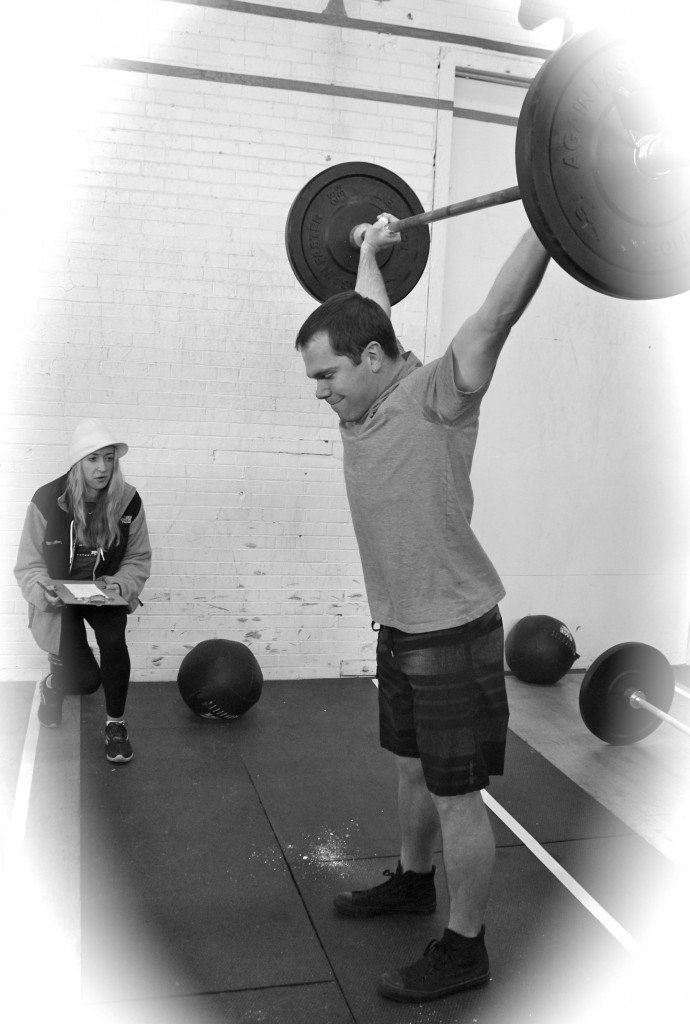I am by no means, nor do I claim to be, considered amongst the best CrossFitter’s in the world. I do however consider myself one of the top in the region (14th place finish in last years New England Regional – made sure I’d get that in while I still can). I do not attribute my success as a CrossFitter to my average conditioning nor my sub-optimal feats of strength but rather to my unique ability to put myself in the proper positions necessary to produce efficient movement. I attribute this ability to my dedication to constantly assessing my movement and finding ways to make it better.
For many of us, just getting into the proper positions without load is difficult. We are restricted and uncomfortable in our squat, never-mind our overhead squat, and we either do not know how, or do not take the time to make it better. Efficiency in movement is crucial. Any lack there of, produces extra work required to complete the movement. For example in a front squat, if our torso is pulled forward during our decent (due to lack of calf/quad/thoracic flexibility, lack of core strength, or whatever it may be) the bar is pulled in front of our center of mass and no longer travels in a straight path. Inevitably, this reduces the amount of force we can directly attribute to the bar against gravity. This inefficiency not only produces more work for the body but also reinforces poor movement patterns which may contribute to postural distortions and pain during everyday movements/activities.
CrossFit is a unique program. Movements are multi-joint and functional. Each movement can be viewed as a functional screen to determine areas of inflexibility and under-active musculature. In our foundations of movement, we have three separate categories, the squat, the push and the pull. In each category, there are three sub groups, each sub group building on the one before it. Let’s take the squat category (arguably the most important) for example. In our sub categories, we have the air squat, the front squat and the overhead squat. The air squat is our foundation, if we try to build on a pile of poop that is exactly what we are going to end up with.
You can never expect to have a good overhead squat without a solid air squat, so start there. Use a box to squat to (I did and still do from time to time), perform wall squats, goblet squats, squat therapy. Make sure that hips are back and down, you reach depth, your spine remains neutral, your weight is in your heels, your knees are out tracking over your toes and your chest if upright. If you are unable to keep your chest up, figure out why. Place 5lb weights under your heels to elevate them and try it again. If your squat gets better don’t go out and buy heels, stretch your calves! Don’t just stretch them one way, stretch them in different planes, foam roll them, take a lacrosse ball to them, get creative. If it doesn’t get better, move on. Try spending 5 minutes mobilizing your quad/hip flexor region with the 90 degree wall stretch. If it even makes a little bit of difference, continue to throw it in before/during/after workouts until you can touch your butt, low back and shoulders to the wall. Do not become satisfied with mediocre flexibility, you sure wouldn’t settle for mediocre work capacity. Continue to work on it, it will pay off dividends in the long run.
Once you have mastered the air squat, it’s time to build on that solid foundation, let’s move to the front squat. Wow, it felt much better than before, that’s weird. However, you are still having trouble keeping your elbows up. What’s up with that? Now that we know your lower half isn’t causing the problem due to your impeccable air squat, let’s assess your front rack position. Try mobilizing your thoracic spine with a foam roller/baseball, next move to the lats, triceps and external rotators. Bam! your front squat is money and all the sudden your Fran time is 3 minutes faster and your pull ups were even a lot easier than you remembered.
Lastly, but not leastly, the dreaded overhead squat. Once you clean up the previous two, this one becomes a heck of a lot easier. If it does in fact still give you trouble make sure your shoulders are externally rotated and active. If you’re shoulders cave during your decent, stretch your internal rotators and keep hammering away at your thoracic region.
In just working on the squat series, not only does your squat get better but so does your wall ball, squat clean, squat snatch, everyday movement, and back pain, amongst other things. For now, I encourage each of you to start thinking about these movements and the positions you are putting yourselves in and how you can make them better. Work on them before and after class, in your homes and at your jobs. If you are completely overwhelmed on where to start, ask your coaches, we’re here to help. Put the time in outside of class, and help yourself move better in and outside of the box.
Skills
Ring core stabilization and Dragon flags
WOD
Row 1000m
21-15-9
Chest to bar Pull-ups
Overhead Squats (115,75)
Row 1000m
L2 (95/55)
L1 (65/35)
ADV (135/95)

